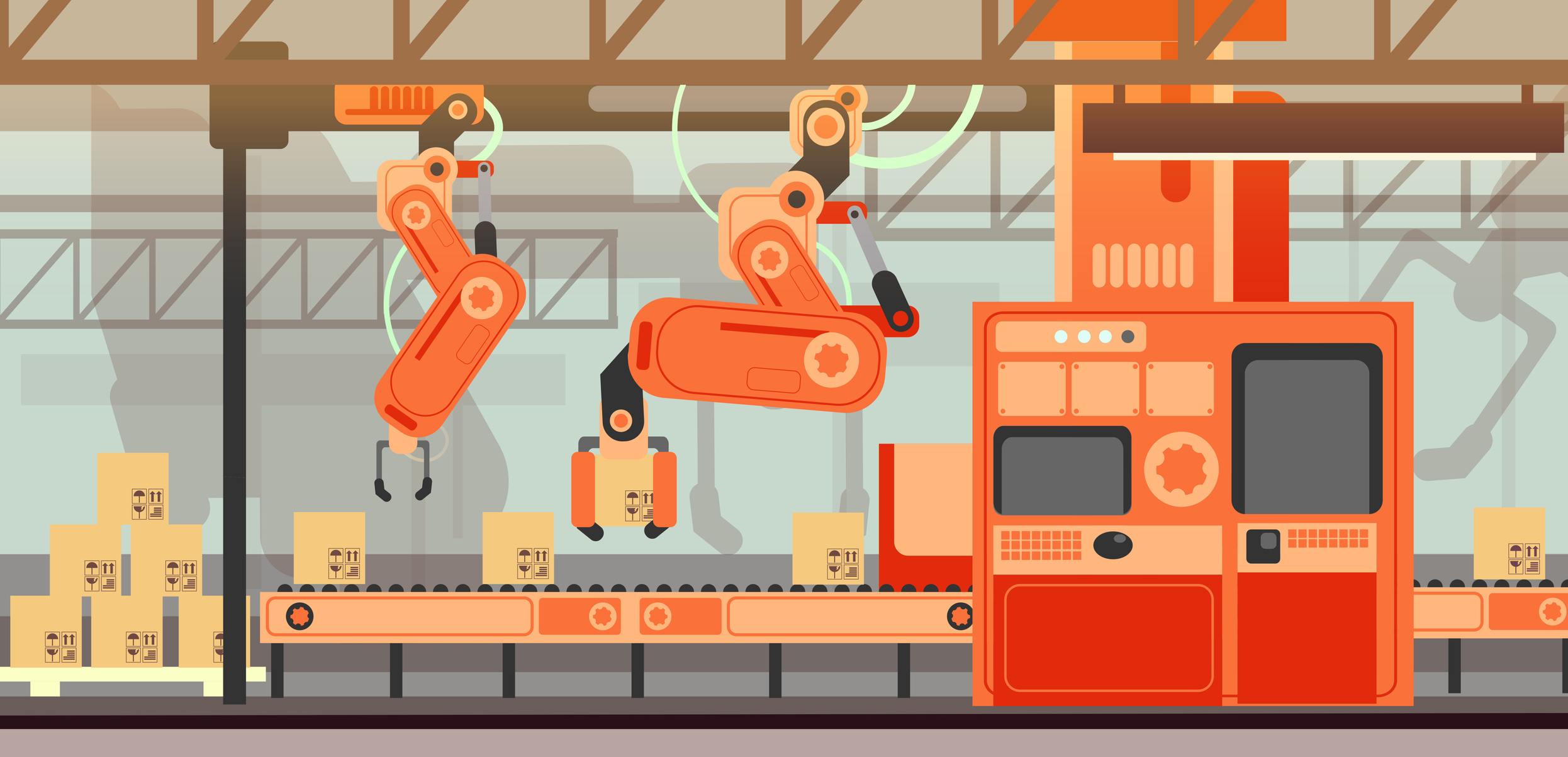In manufacturing, turning a profit often focuses on controlling costs in every aspect of the process: reducing labor costs, improving operational efficiencies, cutting material expenses, trimming energy costs, managing quality control, and more.
But there are other important ways to improve margins and boost the bottom line, especially among B2B manufacturers who haven’t fully embraced digital technologies and the benefits they offer.
“While many U.S. manufacturers have adopted new technologies on their factory floors, many haven’t yet adopted the new digital technologies in their sales, marketing, and supply chain management that will allow them to remain competitive in the domestic and global marketplace,” Tony Uphoff, president and CEO of Thomas, an industrial sourcing and marketing consultancy, noted in a manufacturing roundtable discussion at The White House.
Given the state of the industry and recovery post-pandemic, manufacturers can’t afford to leave anything on the table these days. Whether they adopt solutions that are big and broad (the Internet of Things) or smaller and perhaps faster to implement, technology solutions can bring a multitude of benefits to B2B manufacturers.
Industry Outlook: Cautiously Optimistic
Before the pandemic, the manufacturing industry was working to regain the momentum it reached after the 2008 recession, according to a recent Deloitte industry outlook. However, after the first wave of shutdowns in early 2020, recovery, particularly in certain segments, has been uneven.
Deloitte projects a decline in annual manufacturing GDP growth for 2020-21, with a forecast of -6.3% for 2020 and 3.5% in 2021. The Institute for Supply Management has a somewhat more optimistic outlook, forecasting 6.9% growth in 2021 after a 1.3% decline in 2020. Production and orders are still below 2019 levels, but the decline has slowed. Employment in December was still 543,000 less than February 2020.
Even with this uncertainty, many in the industry are optimistic about the future, with 63% of the executives polled by Deloitte saying they have a somewhat or very positive outlook on business. The National Association of Manufacturers agrees that manufacturers are more positive than they were earlier in the pandemic.
What will be key to recovery of the manufacturing sector? Focusing on a variety of digital solutions to increase agility and sales and reduce costs, experts say. “By continuing to invest in digital initiatives across their production process and supply network, manufacturers can respond to the disruptions caused by the pandemic and build resilience that can enable them to thrive,” Deloitte says.
Big Technology Is One — but Not the Only — Answer
As noted, many manufacturers – even small ones -- have embraced critical technology solutions to improve their manufacturing processes. For example, the Internet of Things (IoT) has created the smart factory, improving maintenance and production processes and providing valuable data about them. Manufacturers need to use the data more effectively, but at least many have established a sound foundation of IoT technology in their production facilities.
Another top-of-mind concern is supply chain visibility, not just to manufacturers, but also to the general public. Remember the empty shelves not so long ago where paper towels and toilet tissue were supposed to be? As the pandemic has shown, the supply chain is more vulnerable to disruption than many imagined. Manufacturers are taking that problem to heart, implementing technology solutions such as digital supply networks that provide real-time visibility across the entire supply chain.
These solutions are critical for manufacturers to survive and thrive. But there are other, simpler and more rapidly deployed technology solutions, such as online purchasing, digital invoicing and payment options, that are still quite impactful.
Everyone Wins When It’s Easy to Purchase and Pay
Help customers help themselves to your products by offering online purchasing. Surprisingly enough, some 60% of B2B sellers still don’t have a website. Those who don’t are missing out. Ever-increasing numbers of consumers are doing their personal shopping online, and many of those consumers are also buyers on the job and looking for a similar experience. Whether you need to stand up a website, or you have one without commerce capability, it is critically important to offer online purchasing to customers.
According to the Harvard Business Review, 73 percent of all customers use multiple channels during their retail purchase journey. B2B manufacturers can provide the same kind of seamless experience customers expect whether they are shopping online from a mobile device or a laptop. An easy purchasing experience increases customer loyalty and helps B2B manufacturers keep up with competitors.
It merits noting that it’s easier than you might think to offer a webstore on your website. Webstore builders can help you develop an e-commerce website or add a store/shopping cart to an existing site, as well as sell on Facebook, Instagram, and Amazon. They also offer features that help you market your business online. With webstore builders, establishing commerce capabilities on your website doesn’t have to be overwhelming.
Include electronic payment options on your website to streamline administration. Your website can connect to a branded payment page that helps customers pay electronically for one-time purchases or set up recurring payments for regular purchases. Giving them options to pay by credit card, debit card, and ACH gives them the flexibility to consider the preferred payment method that allows them to manage their own cash flow needs. A hosted payment page also eliminates the need to store sensitive credit card information in your environment, which reduces the cost and effort associated with PCI compliance
Add electronic invoicing to your administrative arsenal and get paid faster. You can send e-invoices with a “pay now” button and make it easy for customers to settle up. And by making it easier, you can reduce DSO (days sales outstanding) and improve your cash flow. E-invoicing also cuts the time and errors associated with manual processes and paper checks.
Finally, electronic invoicing offers better analytics and transparency into the status of invoices, helping you manage company finances and also improving cash flow.
Relief When It’s Most Needed
Manufacturers have plenty of problems to deal with and places to spend their money these days. We haven’t even mentioned other issues they face, such as a growing skills gap, the effect of trade wars, and the lingering uncertainty of the pandemic. Technology doesn’t provide all the answers, and when it does, it can often be expensive. Improving online purchasing, electronic payment acceptance, and invoicing options are typically easy-to-implement solutions that can be relatively inexpensive – offering relief when manufacturers most need it.
Digital technologies also play a big role in helping manufacturers avoid bad debt. Learn more here.



